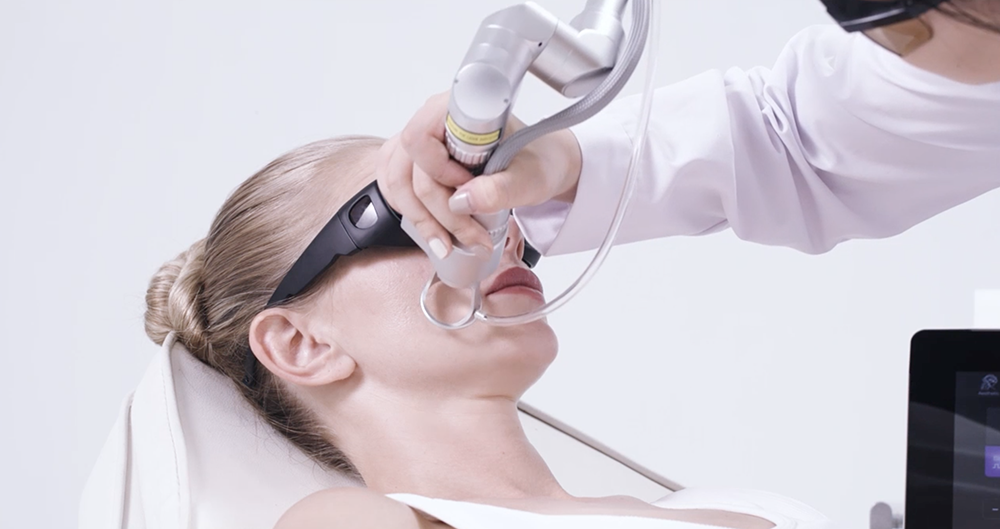What is a CO2 fractional laser beauty machine?
CO2 fractional laser beauty machine is a medical-grade device that uses a carbon dioxide (CO2) laser to resurface the skin. The laser emits short pulses of light that create microscopic holes in the skin, which stimulates collagen production and triggers the body’s natural healing process. This process helps to reduce the appearance of fine lines, wrinkles, scars, and pigmentation while improving skin texture and tone.

How does it work?
The CO2 fractional laser works by targeting water molecules within the skin’s tissue. The laser energy penetrates deep into the dermis and creates tiny columns of controlled thermal damage. The surrounding healthy tissue remains intact, which promotes faster healing and reduces downtime.
The heat generated by the laser also stimulates collagen production, which helps to plump up the skin and reduce wrinkles. As new collagen forms over time, patients can see continued improvement in their skin’s texture and tone.
What are the benefits of using a CO2 fractional laser beauty machine?
The benefits of using a CO2 fractional laser beauty machine are numerous. Firstly, it is an effective treatment for reducing fine lines, wrinkles, scars, and pigmentation issues. It also improves overall skin texture and tone.
Another benefit is that it stimulates collagen production naturally within the body without relying on injectables or other invasive procedures. This makes it an excellent option for people who want to achieve a more youthful appearance without undergoing surgery or other more aggressive treatments.
Furthermore, because it only targets specific areas of the skin rather than treating large surface areas at once, there is less downtime associated with this procedure compared to other types of lasers or surgical procedures.
Are there any risks or side effects?
Like any medical procedure, there are risks associated with using a CO2 fractional laser beauty machine. The most common side effect is redness, swelling, and mild discomfort immediately after the treatment. Some patients may also experience crusting or scabbing as the skin heals.
It is essential to follow all aftercare instructions provided by your practitioner to minimize the risk of complications. This includes avoiding sun exposure and using sunscreen regularly to protect the treated area from further damage.



